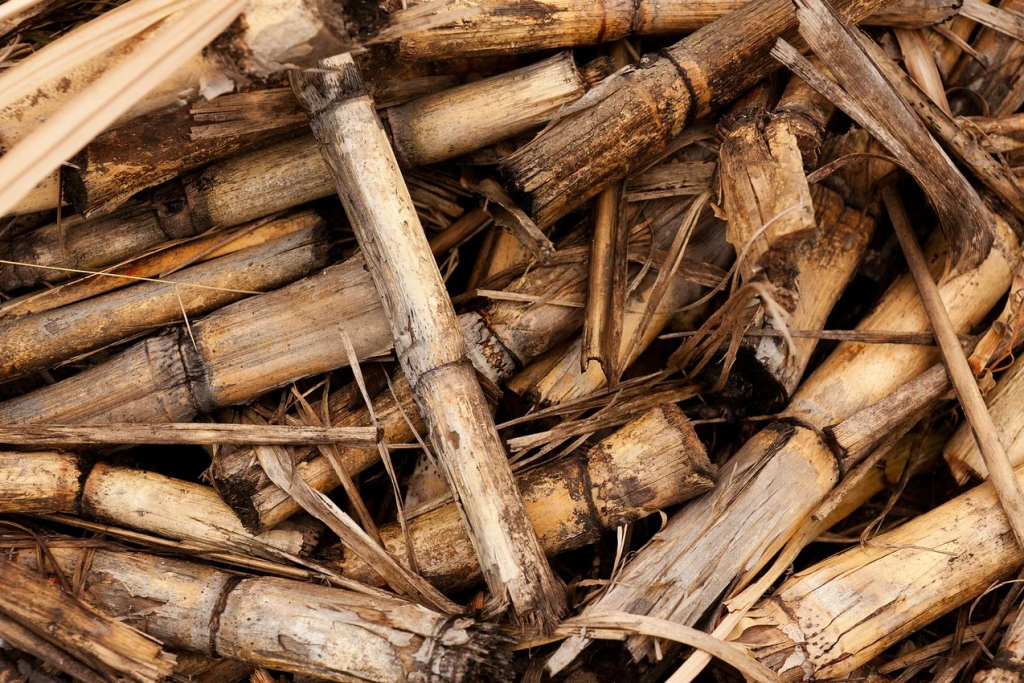
At the Net-0-biomass conference organized by RES Foundation, the topic of economics for biomass was discussed. The panelists, including experts from Finland, the International Energy Agency (IEA), the Forestry Administration, Serbia Forest, as well as the dean of the Faculty of Forestry in Belgrade participated live and online, and the discussion was led by Aleksadar Macura, programme director of RES Foundation.
Austin Short, researcher and analyst, MSc in Energy and Sustainability and MSc in Radiation Physics spoke about his experiences with biomass and forests in Finland. That country is even 66 percent covered by forests, three percent more than neighboring Sweden. They are actively working to increase the area under forests due to the production of paper and pulp, and they also use black lye, bark and use a greater amount of energy from waste. Only five percent of wood is used for electricity production.
They have a large Kemi sawmill in Finland that produces 250 megawatts of electricity and the rest goes into the grid. In September 20203 they opened a new boiler house, which is now the largest in Finland.
Kemi sawmill is the most efficient in the world where gas is produced from tree bark and the idea is to use as much waste as possible for electricity.
“In Finland, the export of pulp for printing paper has tripled. These plants would not exist if the subsidies available until 2027 were not used,” said Short.
There is a pellet plant in the UK and they burn all the rest of the trees. In Finland, subsidies and technology produce pulp, and in Great Britain the tendency is to stop using coal and switch to pellets. The public in Britain is asking many questions about these plants, and work is being done to develop policies for the operation of these plants. They use forests more and this is a driver for the use of biomass.
Luc Pelkmans, technical coordinator of the IEA, which has 25 members and, in addition to the EU members, is connected with the USA, China, Australia and other countries, working intensively on networking and information exchange in the world of energy, in order to facilitate the application of RES in the market.
“We also network with other programs. Negotiations regarding bioenergy have been completed, that is, to replace fossil fuels with natural gas for electrical and heat energy that can be stored,” said Pelkmans.
He claims that there will be a change in the future that we will get CO2 that will be better for the atmosphere. The era of biowaste is beginning and sustainable forest management and the cascading way of using biomass are very important. This will enable a major impact on climate change mitigation and carbon storage and use. There are different types of biomass: sawdust, forest residues, firewood, smaller branches, tree stumps, green waste from gardens, manure from agriculture and others, and we all need to use them.
Luc Pelkmans showed a road map to achieve carbon neutrality by 2050, i.e. how to move to zero greenhouse gas emissions. The message from 2022 was that 80 percent of energy comes from fossil fuels. Therefore, the goal is that this entire decade must bring changes in preparation for 15 to 20 percent of energy to be from bioenergy, right after solar energy, because bioenergy is very important in the economy, so it should have a bigger logo in the industry in 2050. It is expected that 10 percent of bioenergy will be in traffic and transport, and bioenergy fuel will be based on hydrogen. About 50 percent of electricity in 2050 should be used from bioenergy.
“In 2022, bioenergy was still mostly used in a traditional way and that needs to be modernized.” The IEA has made an assessment on the use of biomass and the use of modern biomass should be tripled. Although this is the goal, it is still not possible to completely end the use of traditional biomass. We need to expand the use of good technologies, to commercialize them and to increase raw materials and sustainability in order to be in a decarbonized world in 2050,” said Pelkmans.
Professor Branko Stajić, dean of the Faculty of Forestry in Belgrade, answered how to manage this resource as best as possible and said that burning one ton of wood releases 15 percent less CO2 than burning oil.
“We have to be very careful when it comes to neutralizing forests, because neutralizing the use of wood would lead to bigger problems, since then we would be using much more harmful materials.” When wood is used, 32 percent less energy is consumed. Research by the Faculty of Forestry showed that a large part of our population uses biomass in energy production, but it must be much more efficient,” Stajić said.
The forest ecosystem in Serbia is threatened to a large extent, because we have contributed to the fact that we have too dense forests with reduced forest care, and in this way their stability is threatened, and we have to change that. We are threatened by density, because we do not nurture the forests.
Aleksandar Kovačević, senior visiting research fellow from the Oxford Institute for Energy Studies, said that Serbia is 4.5 times behind in the productivity of lignite mining compared to the European average, and we use it in power plants that are not compliant with the EU Directives and are one third less efficient than power plants in Europe. The result of this is the poverty of sustainability.
Dr. Zvonimir Baković, Deputy Executive Director of the Secretariat for Forestry and Environmental Protection, Srbijašume, pointed out that of the total area under forests in Serbia, 34 percent are coppice forests and that they are dominant within the forests of private owners.
“Private forests have low utilization. In the production of biomass in Serbia, on an annual level, we realize three to 3.5 million cubic meters of loss. We need to reduce the share of bad coppice forests, to reconstruct and replace them with other species and to influence more to improve the condition of private forests”, said Baković and added that it is imperative to develop forestry in Serbia so that the 46,000 people involved in include forestry as much as possible, in order to make more use of low-quality forests and to improve the situation in forestry in a planned way.
Mirjana Vujadinović Tomevski
